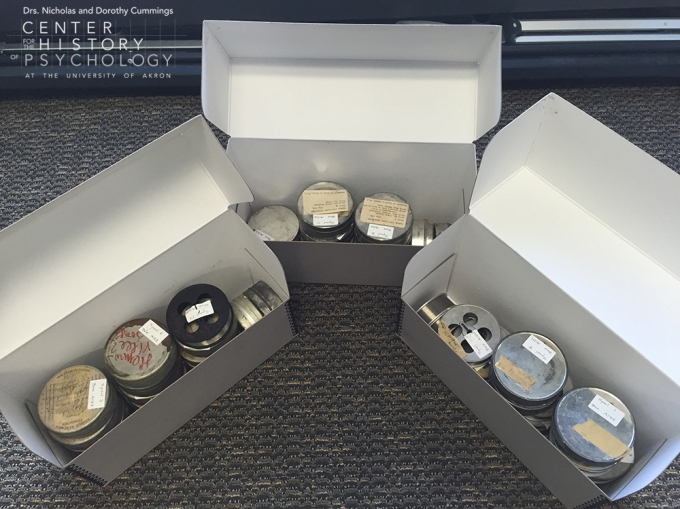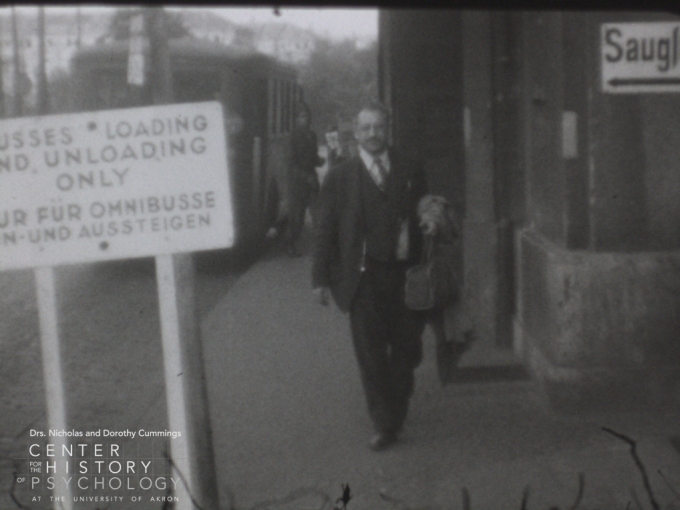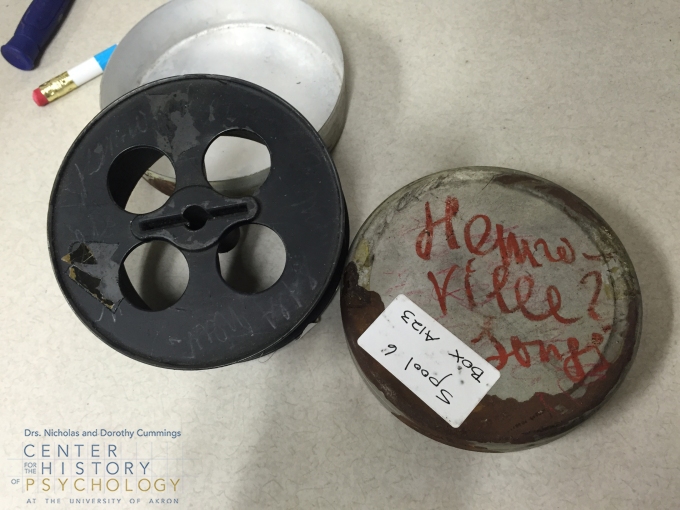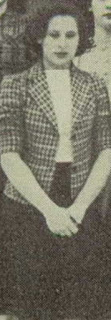6/20/16 - 6/24/16
I have officially started on the digitization that is the lion's share of my capstone project. I finally gained the nerve to start putting the Boder spools on the machine after several days of testing with the test spools. One of the test spools didn't make it.
Godspeed, test spool, we hardly knew ye.
Losing this spool bummed me out. I hadn't a chance to digitize it and sort of feel like I am responsible for destroying history. This spool contained numerous sermons and services of some sort of Protestant church from the 1950s. (The fault does not really lie with me, they had far too much wire on the spool and it began spilling over the sides, it was not salvageable. Also, my dating of the spool comes from mentions of the Korean War currently happening.)
But breaking things gives me confidence and I started in with the Boder spools on Tuesday.
The Boder audio collection is broken into three parts. The main one would be the Holocaust recordings, when Boder traveled Eastern Europe in 1946 collecting stories about the Holocaust from those in refugee camps after being liberated. The second selections of recordings are from Kansas City in 1951 after the great Kansas City Flood. Boder's main interest was in displaced peoples. The final portion of recordings are
completely different from the other two. This one had no information in the finding aid or the papers and is simply labeled "Sylvia Case Study." The spools are dated over the course of several years. As I wanted to test each portion of the collection right off the bat I chose to do one from each to compare their condition and content.
The first spool I did was from the Holocaust spools. To my surprise however, it had nothing to do with the Holocaust (at least as far as I could tell).
This is the first spool.
It can be difficult to read, but both the canister and the paper on top of the spool say "Woman with Broken Arm / Veteran with divorced parents. April 18/46". My thinking is that
all of his recordings from 1946 are in here, not just the Holocaust ones. As a result we may have less of the Holocaust materials than we had previous thought.
(Something I am still wondering: Boder's recordings were so obscure that they were not known of by major researchers for a very long time, they did not come to light until some copied transcripts were found and then the duplicate spools were found at the Illinois Institute of Technology.
But we had the original transcripts since Boder's death in the mid-60s. Sooooo, why didn't the U of A get the limelight when that story broke in the early 2000s?) Anyway, rant over.
This spool has just what it says. The first interview seems to be a fairly depressed older lady who had recently broken her arm. She does on at length about her children, particularly her youngest son (born in 1918) who is about to get married to a woman she does not particularly like.
The second interview is with a WWII veteran who is experiencing "nervousness." I am inclined to think he was dealing with PTSD. The interview revolves around his 4 years in the Army and also his parents divorce while in the service.
Overall the audio quality is fairly good. But there are large portions where the speech is all but unintelligible.
The second spool that I digitized was the first of the Kansas City Flood spools.
I love clear labeling. Even after 60 years.
These interviews reminded me much of the first spool that I digitized, however with these I know the exact context. What is on the spool does not completely reflect the labeling, it begins with a woman and then goes into the interview with Rodreguez. The label does note, however, that the beginning of the spool is missing. The questions Boder asks mostly have to do with how people escaped, what they took with them, where they went, and what the response of the government was. Like the first spool the audio was fairly good with some sections where everything was just garbled.
First Sylvia spool
The final portion of the collection was a giant mystery to me. And boy do I love mysteries. These 16 spools, called "Sylvia Case Study" are the only things in the Boder collection that no one has much of an idea on. In Boder's papers I have found no mention of a Sylvia nor of any case studies whatsoever. Also, the finding aid only says something to the effect of "Sylvia- 16 spools," not the normal item level descriptions that many of the 1960s finding aids have. I found this all incredibly odd as they start in 1951, go through 1953 with the last labeled 1956. This is obviously something that Boder worked on for a great deal of time . . . but he never wrote about it (or we didn't get those papers)? I understand that certain things would be sealed or redacted as when the collection was accessioned in 1960s Sylvia very well could have been alive and in her late 30s.
I have digitized and thoroughly listened to the first two spools and I think this is a mystery I wholehearted would like to pursue if I get the okay from the museum. So, Sylvia is the name of a patient that Boder began seeing in 1951 (possibly starting in 1950, I am not sure yet).
My interest was peaked as soon as I began listening to Sylvia's story (which I am trying to tie together as I would assume -- and I probably shouldn't -- she was suffering from bi-polar disorder and borderline personality disorder and is very much in a manic, possibly even psychotic, state in the first spool). She was turning 25 in August of 1951, meaning she was born in 1926. She grew up very poor in Chicago to parents who divorced when she was young and by 1951 was living in the Loop area, which I have determined was the heart of the arts and music scenes at the time and Sylvia was apparently very much a part of this community.
Another community she knew (but claims to not take part in) was the heroin community. Upon a bit of research I found that in 1951 the heroin epidemic in Chicago was reaching its peak due to the supply of the drug by Lucky Luciano's gang. Sylvia was also obsessed with getting a job at a newspaper and her knowledge of Chicago newspeople is astounding. While her story is so far very sad and tragic I feel some connection with this person from 65 years ago.
These spools are intriguing for so many reason; their focus on drugs and music at the time, the lack of recommendation of medication or hospitalization (it just seems odd for 1951), for the context of Chicago in the post-war era, and for male female relations at the time.
Ultimately, I would like to know who this person was. I'd like to find a picture. Just knowing what happened to her after these spools would be fascinating.
 The three boxes of spools in the AHAP collection
The three boxes of spools in the AHAP collection From a 16mm film of Boder in Germany
From a 16mm film of Boder in Germany












